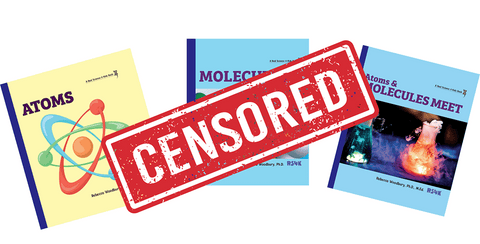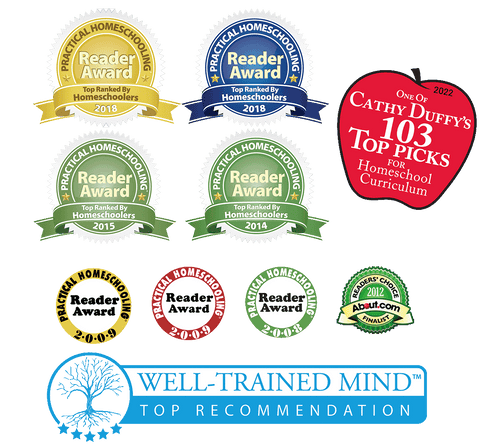The Next Generation Science Standards (NGSS) were developed to revolutionize science education in the United States by providing a cohesive and comprehensive framework for K-12 science instruction. However, there is a growing concern that the NGSS may inadvertently censor instructional materials that do not align with their framework, particularly by restricting funding for such materials. This article explores how this form of censorship could be damaging to science education.
The NGSS Framework: A Double-Edged Sword
Students who attend public schools in the US learn science from curricular materials that align with the Next Generation Science Standards (NGSS).
The NGSS emphasize three dimensions: Disciplinary Core Ideas (DCIs), Science and Engineering Practices (SEPs), and Crosscutting Concepts (CCCs). These dimensions are designed to foster a deeper understanding of scientific principles and practices. However, this structured approach also creates a rigid framework that all instructional materials must adhere to in order to be approved and funded by schools.
Funding and Approval Challenges
One of the most significant ways the NGSS framework enforces its standards is through the approval and funding process for instructional materials. Materials that do not align with the NGSS often struggle to receive funding from schools and districts. This financial barrier can effectively censor non-aligned materials, as schools may not have the budget to purchase them without state or district support. Most states who have adopted the NGSS use tools and guidelines to ensure that instructional materials align with the NGSS before they can be approved for funding. This means that even high-quality educational resources that offer valuable scientific insights but do not align perfectly with the NGSS may be excluded from classrooms due to lack of funding.
The Impact on Science Education
The potential censorship of instructional materials under the NGSS can have far-reaching implications for science education:
- Narrowing the Curriculum: A curriculum that strictly adheres to the NGSS may cover fewer topics in greater depth, but it also risks omitting important areas of science that do not fit within the NGSS framework. This can leave students with an incomplete understanding of the scientific landscape.
- Reducing Teacher Autonomy: Teachers are often the best judges of what instructional materials will resonate with their students. By imposing a strict set of standards, the NGSS can limit teachers' ability to tailor their lessons to the needs and interests of their students, potentially reducing engagement and enthusiasm for science.
- Undermining Scientific Literacy: A well-rounded science education should expose students to a variety of scientific ideas and encourage them to evaluate evidence and form their own conclusions. Censorship of instructional materials can undermine this goal by presenting a narrow view of science that discourages independent thought and inquiry.
While the NGSS were developed with the best of intentions, their implementation may inadvertently lead to the censorship of valuable instructional materials. This form of censorship can limit important content such as atoms and molecules in the elementary grades. To foster a truly robust and dynamic science education, it is essential to allow for a instructional materials and approaches that go beyond the confines of the NGSS framework. Only then can we ensure that students receive a comprehensive and engaging science education that prepares them for the complexities of the scientific world.





Comments (0)
There are no comments for this article. Be the first one to leave a message!